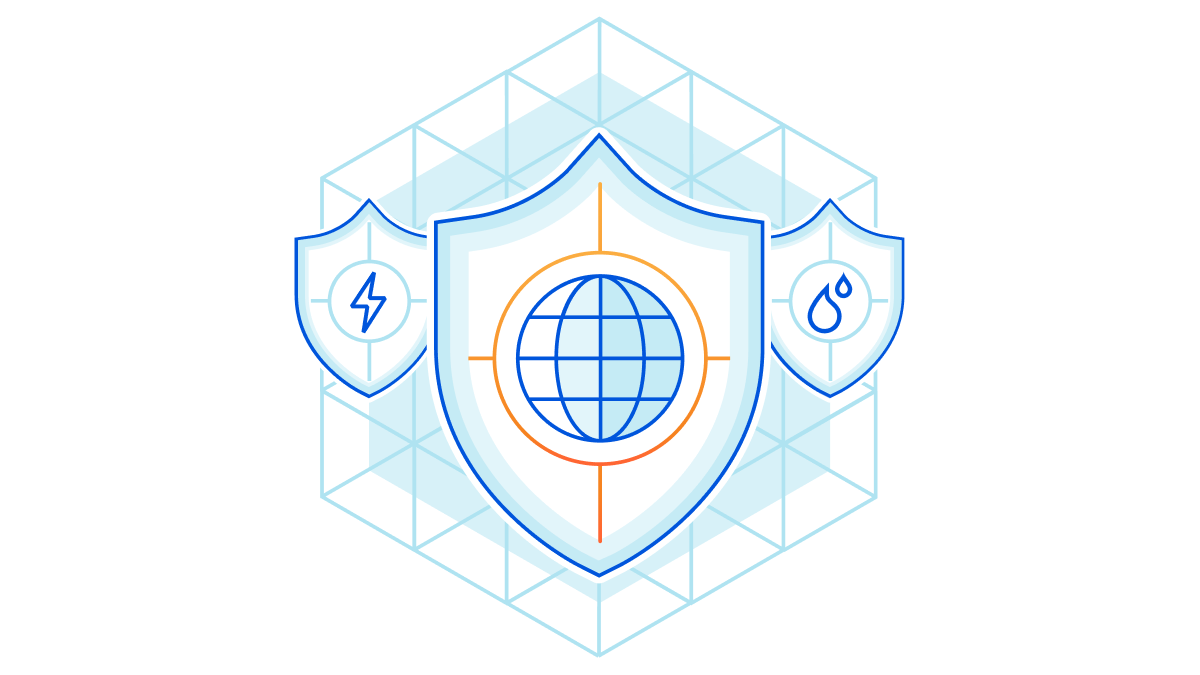
Today, in partnership with CrowdStrike and Ping Identity, Cloudflare is launching the Critical Infrastructure Defense Project (CriticalInfrastructureDefense.org). The Project was born out of conversations with cybersecurity and government experts concerned about potential retaliation to the sanctions that resulted from the Russian invasion of Ukraine.
In particular, there is a fear that critical United States infrastructure will be targeted with cyber attacks. While these attacks may target any industry, the experts we consulted with were particularly concerned about three areas that were often underprepared and could cause significant disruption: hospitals, energy, and water.
To help address that need, Cloudflare, CrowdStrike, and Ping Identity have committed under the Critical Infrastructure Defense Project to offer a broad suite of our products for free for at least the next four months to any United States-based hospital, or energy or water utility. You can learn more at: www.CriticalInfrastructureDefense.org.
We are not powerless against hackers. Organizations that have adopted a Zero Trust approach to security have been successful at mitigating even determined attacks. There are three core components to any Zero Trust security approach: 1) Network Security, 2) Endpoint Security; and 3) Identity.

Cloudflare, CrowdStrike, and Ping Identity are three of the leading Zero Trust security companies securing each of these components. Cloudflare's Zero Trust network security offers a broad set of services that organizations can easily implement to ensure their connections are protected no matter where users access the network. CrowdStrike provides a broad set of end point security services to ensure that laptops, phones, and servers are not compromised. And Ping Identity provides identity solutions, including multi-factor authentication, that are foundational to any organization's posture.
Each of us is great at what we do on our own. Together, we provide an integrated solution that is unrivaled and proven to stand up to even the most sophisticated nation state cyber attacks.
And this is what we think is required, because the current threat is significantly higher than what we have seen since any of our companies was founded. We all built our companies relying on the nation’s infrastructure, and we believe it is incumbent on us to provide our technology in order to protect that infrastructure when it is threatened. For this period of heightened risk, we are all providing our services at no cost to organizations in these most vulnerable sectors.
We've also worked together to ensure our products function in harmony and are easy to implement. We don't want short-staffed IT teams, long requisition processes, or limited budgets to stand in the way of getting the protection that's needed in place immediately. We've taken a cue from hospitals to triage the risks through a recommended list showing organizations that may be short of IT staff how they can proceed: suggesting what they should prioritize over the next day, over the next week, and over the next month.
You can download the recommended security triage program here. We know that not every organization will be able to implement every recommendation. But every step you get through on the list will help your organization be incrementally better prepared for whatever is to come.
Our teams are also committed to working directly with organizations in these sectors to make onboarding as quick and painless as possible. We will onboard customers under this project with the same level of service as if they were our largest paying customers. We believe it is our duty to help ensure that the nation’s critical infrastructure remains online and available through this challenging time.
We anticipate that, based on what we learn over the days ahead, the Critical Infrastructure Defense Project may expand to additional sectors and countries. We hope the predictions of retaliatory cyberattacks don't come true. But, if they do, we know our solutions can mitigate the risk, and we stand ready to fully deploy them to protect our most critical infrastructure.


